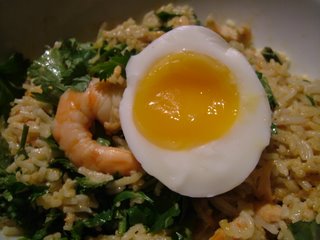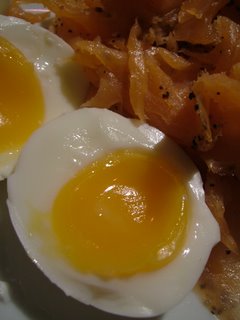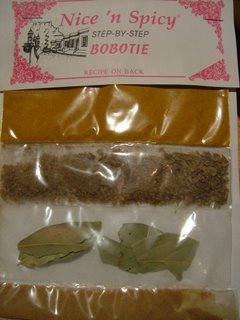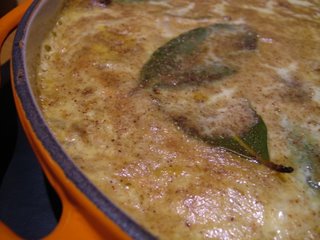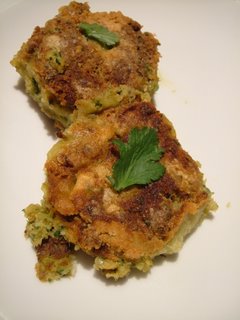I’m cheating a bit here. The flavours are bang-on Malaysian, but you’d be unlikely to find a shoulder joint cooked in this way in Malaysia proper, where bite-sized pieces of meat are the norm in this kind of a curry. I decided to cook half a lamb shoulder on the bone in this curry sauce to maximise the flavour by keeping the meat near the bone – and because I love the fall-off-the-bone texture that a fatty shoulder achieves after a couple of hours slow cooking.
What makes a curry definably Malaysian? A few things – the spicing will be rather different from Indian curries, making use of more eastern aromatics like lemongrass, coriander, star anise and ginger. The liquid in the curry will probably be coconut milk, rather than yoghurt or any other dairy product.
I’ve made my own curry paste here, but if you don’t have the time or the inclination, you should be able to find good Malaysian curry powders and pastes on sale in any Chinese supermarket. I particularly like Yeo’s curry powder. This will make more paste than you need, but it keeps well in the fridge for a few weeks if you put it in a jar and pour over some oil to stop the air getting to the paste.
To serve two greedy people, you’ll need:
Curry paste
4 tablespoons coriander seeds
2 tablespoons cumin seeds
12 cloves
1 cinnamon stick
2 star anise flowers
1 teaspoon black peppercorns
3 stalks lemongrass
1 peeled piece galangal, about the length of your thumb (substitute with extra ginger if you can’t find any)
1 peeled piece ginger, about the length of your thumb
3 fresh birds-eye chillies (cili padi in Malay – cut down here if you want to reduce the heat)
10 dried chillies (you can find sun-dried cili kering, a less fearsome chilli than cili padi, in some Chinese supermarkets – otherwise, use what you can find)
1 teaspoon turmeric powder or 1 grated fresh turmeric root
1 bulb garlic
Lamb and sauce
½ shoulder of lamb, on the bone
2 large onions
1 can coconut milk
2 tablespoons light soy sauce
1 handful coriander leaves
Salt
Flavourless oil for frying
Preheat the oven to 180° C (350° F).
Begin by heating a couple of teaspoons of oil in a heavy pan with a lid, large enough to fit the lamb in snugly. The pan should be able to fit inside your oven. When the oil is very hot, sear the lamb on all sides, and remove it to a plate.
Chop the onions finely and fry them with two tablespoons of the curry paste in the same oil you seared the lamb in. Add a little more oil if necessary. Fry, stirring all the time, until the onions are translucent and soft (about eight minutes).
Return the meat to the pan with any juices it has released onto its plate. Pour over the coconut milk, add the salt and the soy sauce, and bring the whole confection to a gentle simmer. Put the lid on and put the pan in the oven for 2 hours, turning the meat occasionally.
Taste the sauce when the cooking time is finished – you may find you want to add a spot of sugar or a squeeze of lemon juice. Skim off any fat that’s floating on top of the sauce. Peel the skin off the lamb and discard. Sprinkle over the fresh coriander leaves and serve with rice. I like a salad of fresh pineapple and cucumber with this.

